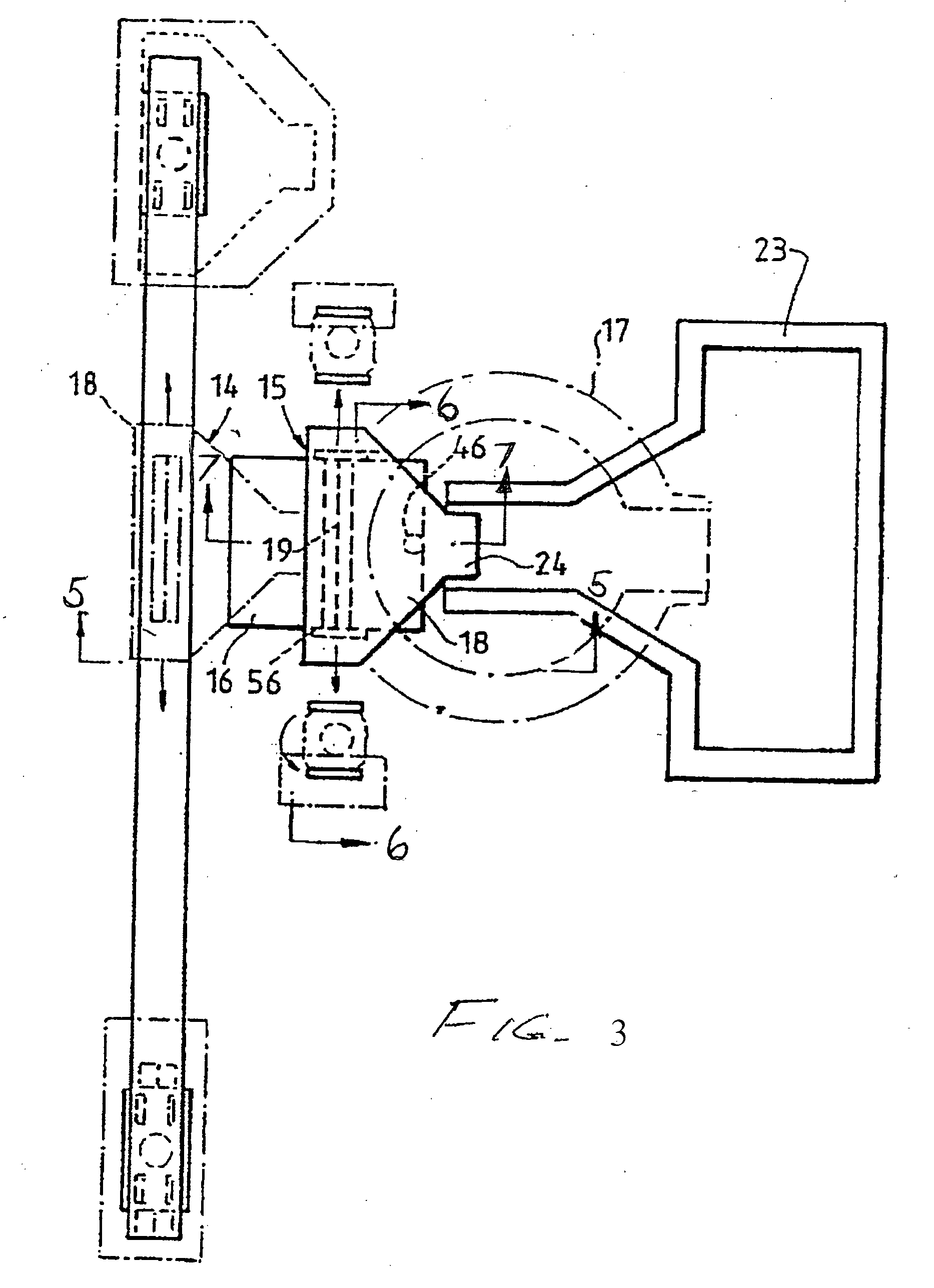Casting steel strip with low surface roughness and low porosity
a technology of surface roughness and low porosity, applied in the field of casting steel strips, can solve the problems of voids, liquid entrapment in discrete pockets, surface defects, etc., and achieve the effect of strong effect on free oxygen level, reducing free oxygen in steel, and increasing alumina conten
- Summary
- Abstract
- Description
- Claims
- Application Information
AI Technical Summary
Benefits of technology
Problems solved by technology
Method used
Image
Examples
Embodiment Construction
[0082]
4 INPUTS Critical nucleation per unit area density 120 This value has been obtained no / mm2 (needed to achieve sufficient heat from experimental dip testing transfer rates). work. Roll width m 1 Strip Thickness m 1.6 m Ladle tonnes t 120 Steel density, kg / m.sup.3 7800 Total oxygen, ppm 75 Inclusion density, kg / m.sup.3 3000 OUTPUTS Mass of inclusions, kg 21.42857 Inclusion diameter, m 2.00E-06 Inclusion volume, m.sup.3 0.0 Total no of inclusions 1706096451319381.5 Thickness of surface layer, .mu.m 2 (one side) Total no of inclusions surface 4265241128298.4536 These inclusions can only participate in the initial nucleation process. Casting speed, m / min 80 Strip length, m 9615.38462 Strip surface area, m.sup.2 19230.76923 Total no of nucleating sites 2307692.30760 required % of available inclusion that need 54.10462 to participate in the nucleation process
[0083] In silicon manganese killed low carbon steel strip, we have further determined that the presence of Al.sub.2O.sub.3 in t...
PUM
| Property | Measurement | Unit |
|---|---|---|
| temperature | aaaaa | aaaaa |
| height | aaaaa | aaaaa |
| density | aaaaa | aaaaa |
Abstract
Description
Claims
Application Information
 Login to View More
Login to View More - R&D
- Intellectual Property
- Life Sciences
- Materials
- Tech Scout
- Unparalleled Data Quality
- Higher Quality Content
- 60% Fewer Hallucinations
Browse by: Latest US Patents, China's latest patents, Technical Efficacy Thesaurus, Application Domain, Technology Topic, Popular Technical Reports.
© 2025 PatSnap. All rights reserved.Legal|Privacy policy|Modern Slavery Act Transparency Statement|Sitemap|About US| Contact US: help@patsnap.com



